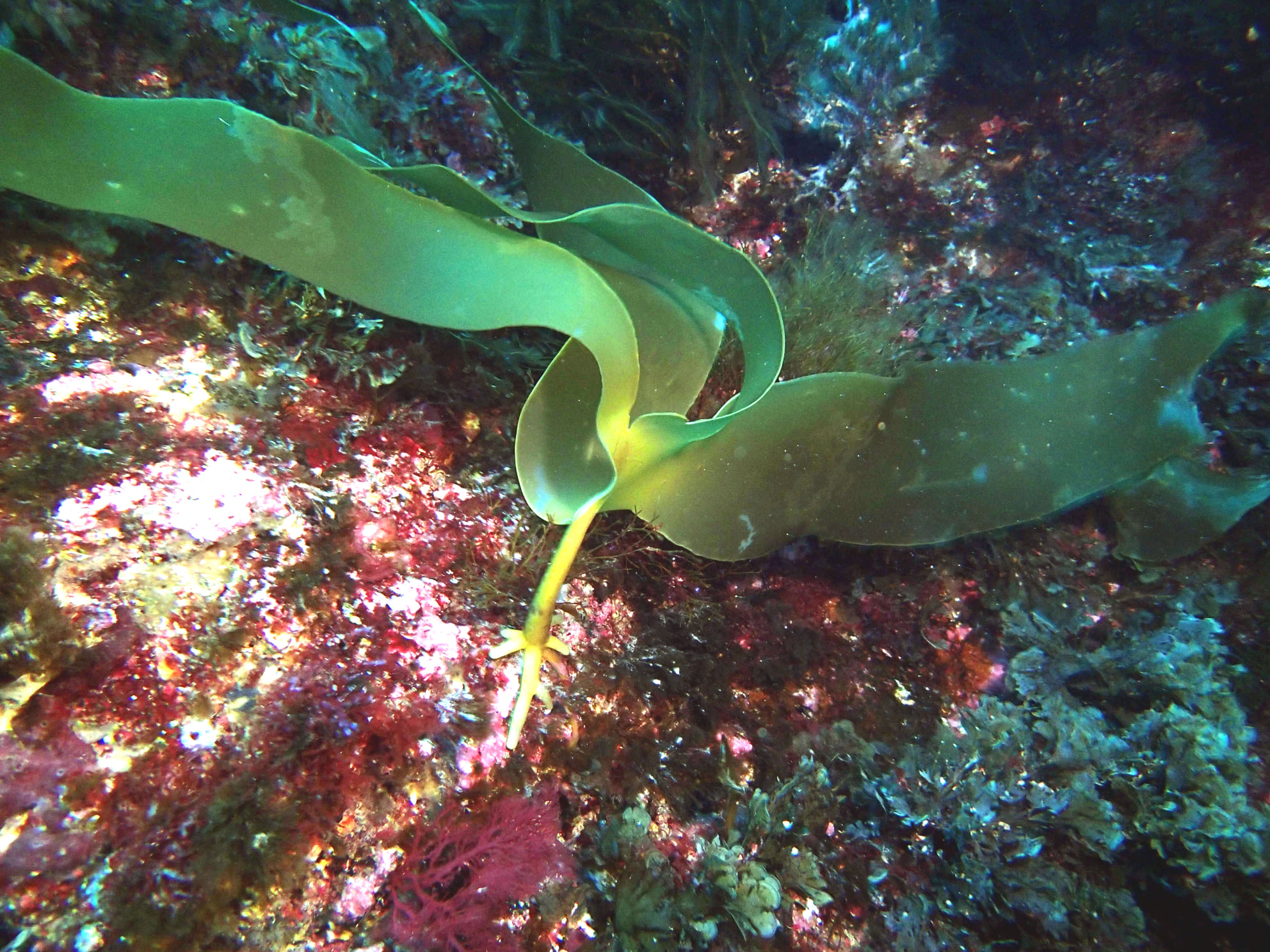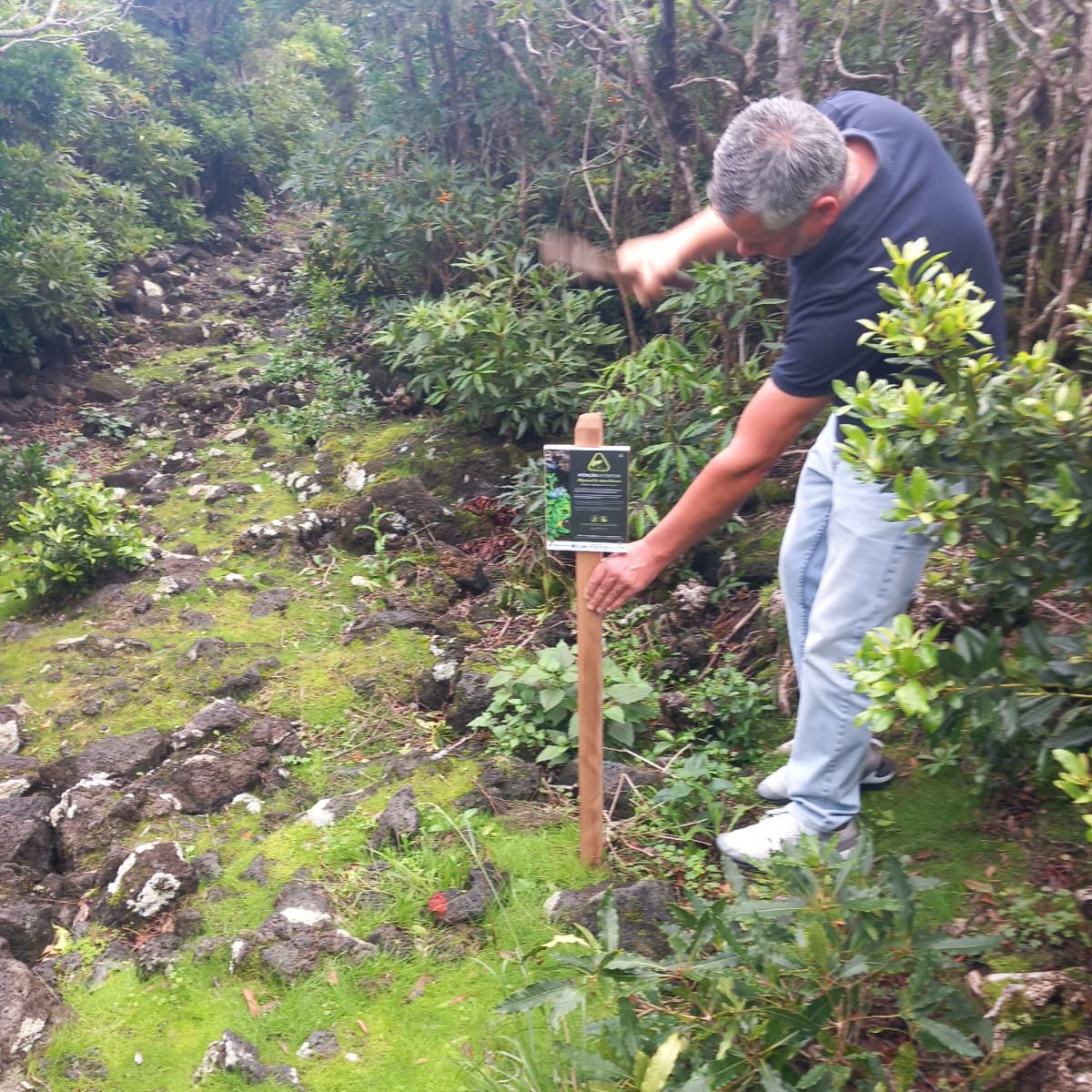The kelp forests are a marine habitat dominated by large brown algae that are associated with diverse biological communities. Still poorly known in the Azores, these marine forests represent high concentrations of plant biomass on which various species with fishing interest may depend on.
A published study (https://doi.org/10.1111/jpy.13162), led by the team of Fernando Tempera and colleagues, reveals that the distribution of this marine habitat in the Azores is after all broader than previously thought. In addition to the well-known kelp forests of Formigas bank, new settlements of Laminaria are identified on the platforms of the islands of Santa Maria, Terceira and Graciosa.
Due to the relatively cold affinity of these organisms, in the Azores this habitat is largely linked to rocky bottoms between 40 and 80 meters deep. This situation allows the kelp to escape surface temperatures that would be lethal during the summer, while benefiting from the relatively high levels of sunlight provided by the transparency of the Azorean waters. Among the main threats that affect this vulnerable habitat are the adverse effects of climate change and the illegal harvesting of algae. Depending on the admitted greenhouse gas emission scenario, it is estimated that by 2100 the Azores will see a reduction in the thermal niche of Laminaria ochroleuca between 23% and 85%, which will lead to a regression of the respective populations.
Its integration in marine biodiversity monitoring programs is therefore of great importance for the conservation of this habitat, as well as the expansion of the networks of marine protected areas and Natura 2000 sites that allow the safeguarding of its main occurrences.
Image credits: David Milla ©ImagDOP













